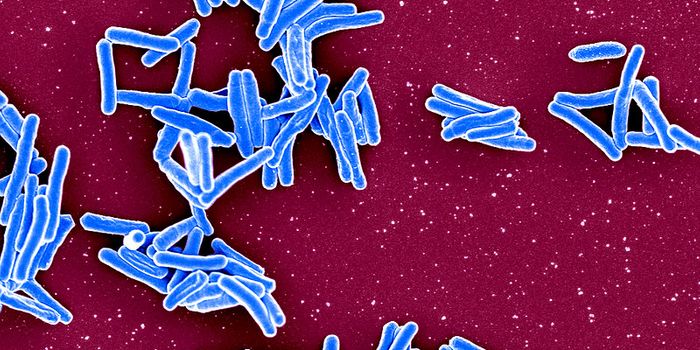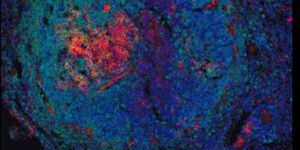Advancing Genetic Sequencing with Better Computational Tools
The many advances that have propelled the field of genetics forward have taken a tremendous amount of work in different fields. While some researchers have devised better reagents or bench protocols, others have improved the computational tools that are used to generate and analyze genetic data. The development of better computers and applications has been essential to the field of genomics.
Scientists have now engineered new software that can be used with portable DNA sequencing devices so that genetic tests can be done faster outside of laboratories. The technology can target, gather ad sequence specific genes without needing prepared samples or a map of the surrounding genetic material, like typical methodologies. This work has been reported in Nature Biotechnology.
"I think this will forever change how DNA sequencing is done," said senior study author Michael C. Schatz, a Bloomberg Distinguished Associate Professor of Computer Science and Biology at Johns Hopkins University.
In this effort, the researchers created an algorithm named UNCALLLED (Utility for Nanopore Current Alignment to Large Expanses of DNA). It can accelerate how mutations are characterized, so scientists and clinicians can research and diagnose conditions much faster, and for less money. Now it will take about three days to profile mutations in the genome instead of about fifteen.
"In cancer genomics, there are a few dozen genes known to increase cancer risk, but with a standard sequencing run, you would have to sequence the whole genome just to read off those few genes," Schatz said, noting that adaptive sequencing enables researchers to "pick and choose which molecules we want to read and which can be skipped."
This new process also uses nanopore sequencing, in which molecules of DNA pass through tiny holes, one base at a time, and the sequence is read. But the sequence that's being read can be checked against a reference genome's sequence in an instant, and as long as the DNA passing through the nanopore matches up, it keeps moving through. If a mismatch occurs, the nanopore ejects the molecule.
"It's like a nightclub doorman allowing desired guests on a list to enter while rejecting the rest with a Taser," Schatz explained.
The team tested their method to demonstrate that it could accurately profile 148 genes that have been linked to cancer development, after only one run with a portable sequencer. In real-time, dozens of structural mutations were cataloged.
"UNCALLED allows for unprecedented flexibility in targeted sequencing," he added. "The fact that it's purely software-based means researchers can target any genomic region with no added cost compared to a normal sequencing run, and they can easily change targets just by running a different command."
Materials collected from the environment could also be sequenced with this tool. It was successfully programmed in this study to reject DNA from known microbes like E. coli and sequence only unknown ones. The researchers found a little-understood yeast genome in the process.
Sources: AAAS/Eurekalert! via Johns Hopkins University, Nature Biotechnology









